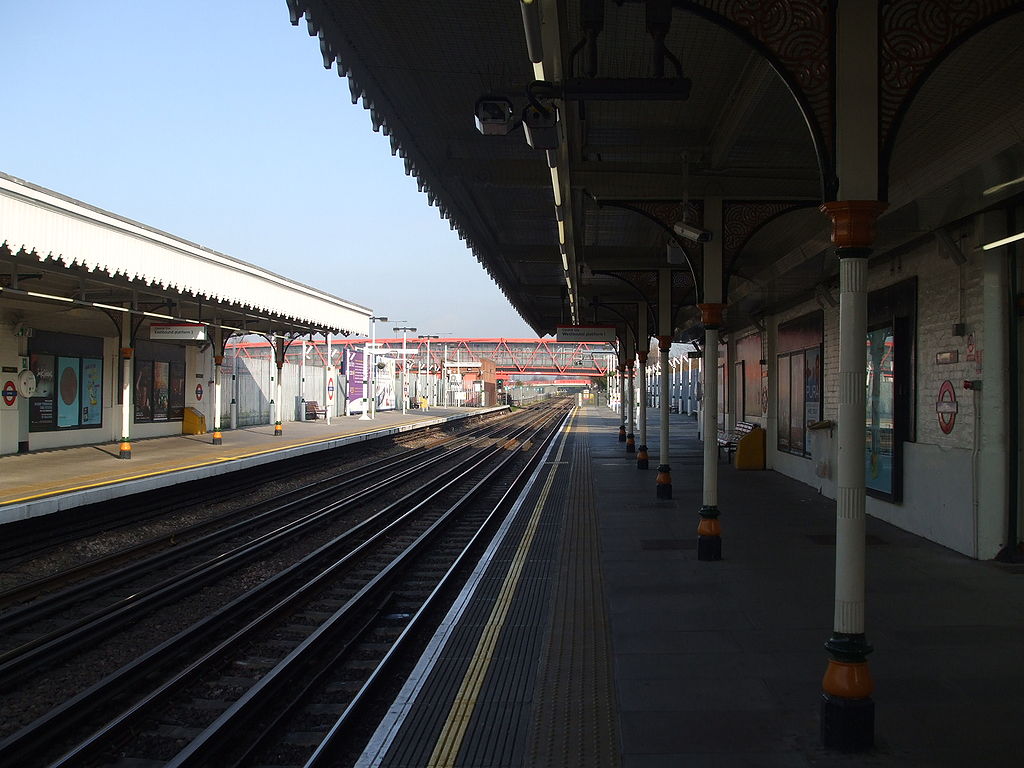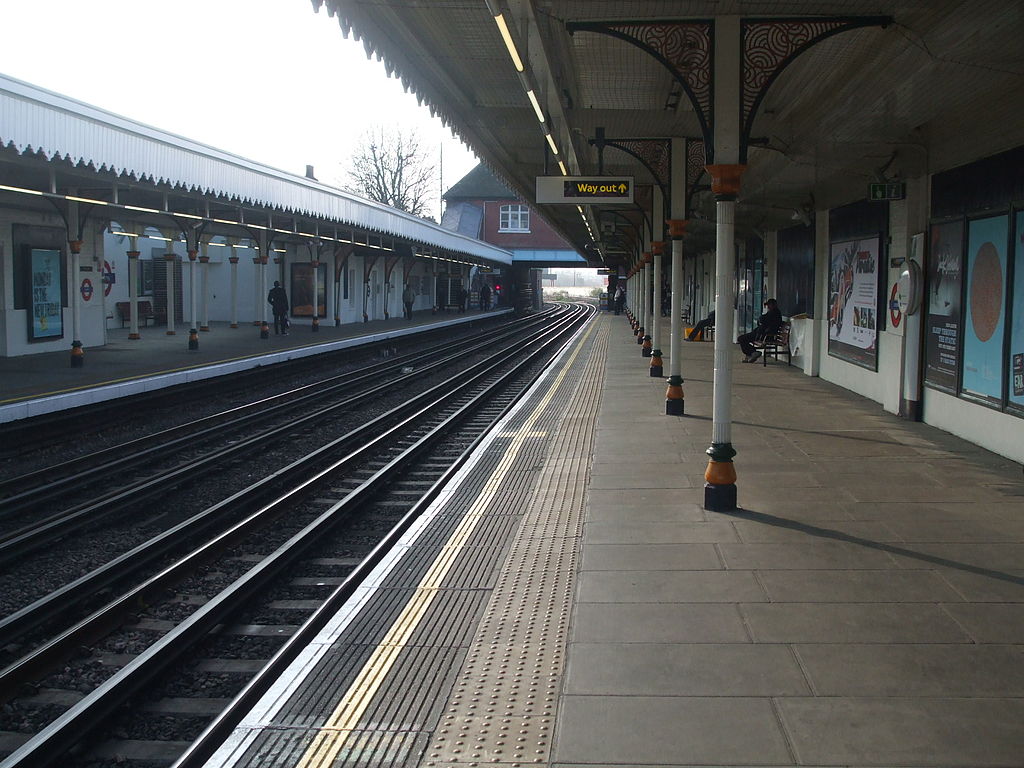The station was opened by the Eastern Counties Railway on 22 August 1856 and was called "Low Leyton". It was renamed Leyton on 27 November 1868 by the Great Eastern Railway. The current station buildings largely date from the reconstruction of 1879, which saw the original level crossing replaced by a bridge, although some alterations were carried out in connection with the transfer of the station from the London & North Eastern Railway to London Underground as part of the eastern extensions of the Central line. The station was first served by the Central line on 5 May 1947. Now demolished is the northern ticket office and entrance, opened in 1901, which was removed as part of the controversial M11 extension that was built adjacent to the station in the 1990s.
Paleolithic implements and fossil bones show that early man hunted in Leyton. A Roman cemetery and the foundations of a Roman villa have been found here. From Anglo-Saxon times, Leyton has been part of the County of Essex. The name means "settlement (tun) on the River Lea" and was also known until 1921 as "Low Leyton". In the Domesday Book, the name is rendered as Leintun. at which time the population was 43.In September 2011, it was announced that the tube station's capacity was to be doubled, in order to cope with the predicted additional users of the station during the 2012 Olympic Games, and to ease the existing congestion. There was planned to be a new exit from the westbound platform onto Goodall Road, and two extra exits from the eastbound platform, to be used when needed. The work was due to be completed by June 2012, but did not materialise. Leyton is in Fare Zone 3. The station has wi-fi, payphones, a waiting room and toilets.
Connections: London Buses routes 58; 69, 97 and 158 serve the station with W14; 339; W15 and night route N26 nearby.


